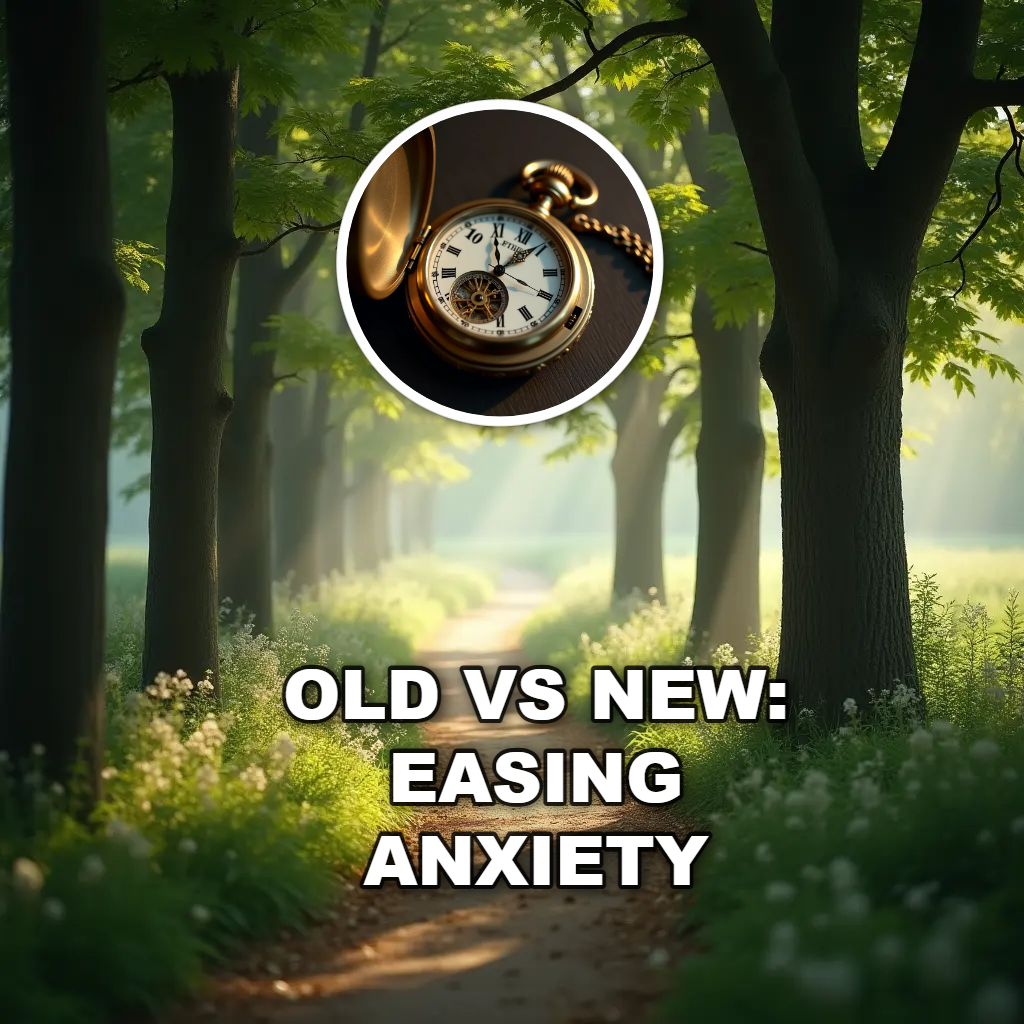Anxiety can sneak in quietly or crash in like a wave. Whether you’re navigating everyday stress or longer seasons of unease, it’s easy to feel overwhelmed. Especially in today’s always-on world.
But you’re not alone. And thankfully, there are many gentle approaches to support your nervous system. Some are old, rooted in tradition. Some are new, shaped by modern technology. Both can offer calm in different ways.
Let’s take a slow, curious look at both, and explore how you might soften anxiety in a way that feels true for you.
The Shape of Modern Stress
With constant notifications, pressure to stay productive, and the noise of social media, many of us live in a state of near-constant alert. Even rest can feel unreachable.
Modern life may not involve physical danger, but our bodies often respond as if it does. That buzzing feeling in your chest, the tight shoulders, the spinning thoughts? It’s your nervous system trying to cope with modern-day stressors.
The more we understand where anxiety comes from, the easier it becomes to gently tend to it. And no, it doesn’t have to be dramatic. Even small changes can bring relief.
Time-Honored Practices That Still Help
Before wellness became an industry, people had simple tools to calm the body and mind.
Meditation, slow breathing, and gentle movement like yoga have been around for centuries. They ask very little of us, just presence. No fancy equipment. No pressure to achieve. Just breath and body and now.
Even five minutes of breathing deeply or moving slowly can signal to the brain that you’re safe. Your nervous system listens, and over time, begins to soften.
You don’t need a perfect routine. You don’t need to sit still for an hour. You only need to begin. One small breath at a time.
New Tools for a New World
Technology isn’t always the enemy. In fact, it can help us calm down, if used mindfully.
There are now apps that guide you through gentle breathing, help you track your mood, or bring meditation into your day in soft, doable ways. Some even use sound or visuals to soothe the senses.
For some people, these tools offer a structure and support that’s hard to find otherwise. They can make calm feel more accessible, especially if you’re homebound or overwhelmed by going to classes or therapy in person.
You might explore an app like Calm or Headspace, or experiment with a breathing guide that suits your pace. Take your time. Try what feels safe. Let curiosity lead.
You Don’t Have to Choose Just One
You can blend old and new in a way that feels just right.
Maybe you begin your morning with a few stretches or quiet moments, then use an app to track how you’re feeling. Maybe you listen to calming music while doing slow breathing. Or pair a journal with a digital reminder to check in with yourself.
This isn’t about being perfect. It’s about gently layering what supports you. Honoring both what’s timeless and what’s helpful right now.
Your Path, Your Pace
Start by noticing. What makes your shoulders drop? What makes you breathe a little easier? These clues are the beginning.
There’s no one-size-fits-all plan. Just a gentle unfolding. You might begin with one small practice this week. A five-minute breath break. A walk without your phone. A moment of stillness before bed.
🌻
You don’t have to figure it all out today. Just begin with one small step toward calm. Which idea feels soft and doable to try this week?

